Innovation is crucial to any company’s long-term success. With the introduction of a completely new human interface for our machines and the new barcode system, these innovations were leading the way.
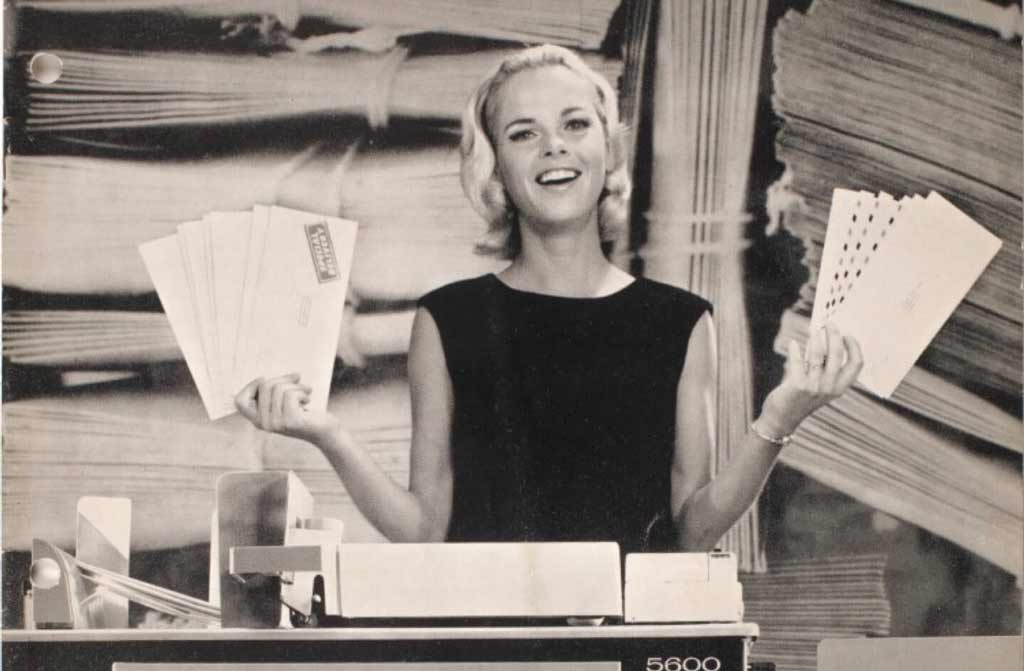
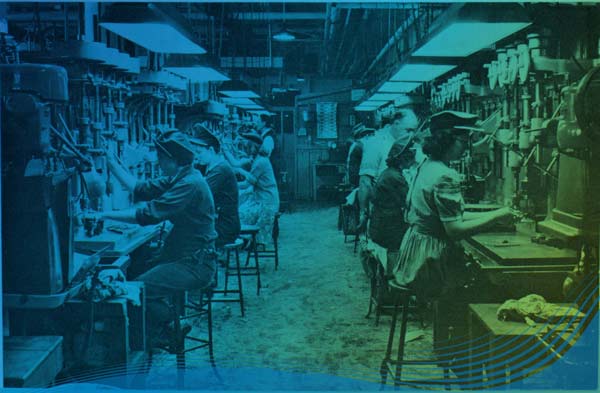
1960’s
A new age of precision
and productivity.
From 1960 to 2020…
Today we provide shipping labels that enable end-to-end tracking, the foundation of the global e-commerce business. In short, we have developed an accurate system of accounting for packages in pickup, transport, and delivery.
1960
Pitney Bowes introduces the Touchmatic, the first mailing machine to feature pushbutton ease. This innovation enhances the customer experience, making the device simple and easy to use.
1960
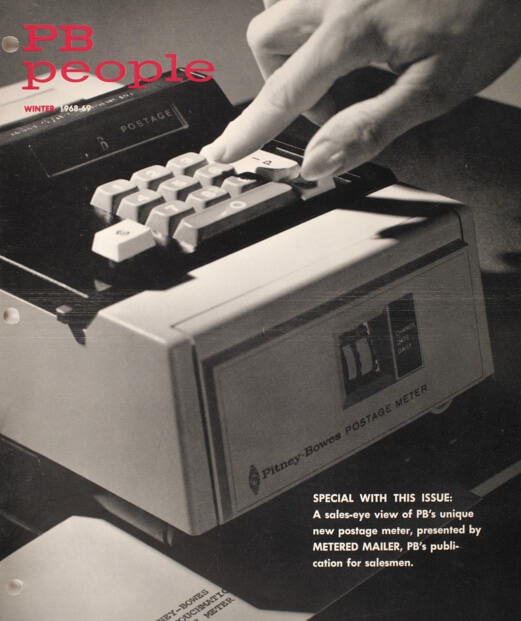
1960
Pitney Bowes is named to the list of Fortune 500 companies, ranked among America’s top businesses for annual revenue.
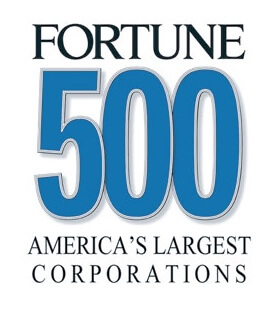
1961
Pitney Bowes products enter the French market, continuing the company’s global expansion.
1961
Pitney Bowes launches a new mail inserter. This innovation enables clients to facilitate high-volume mailings. This results in increased productivity, improved address precision and reduced costs.
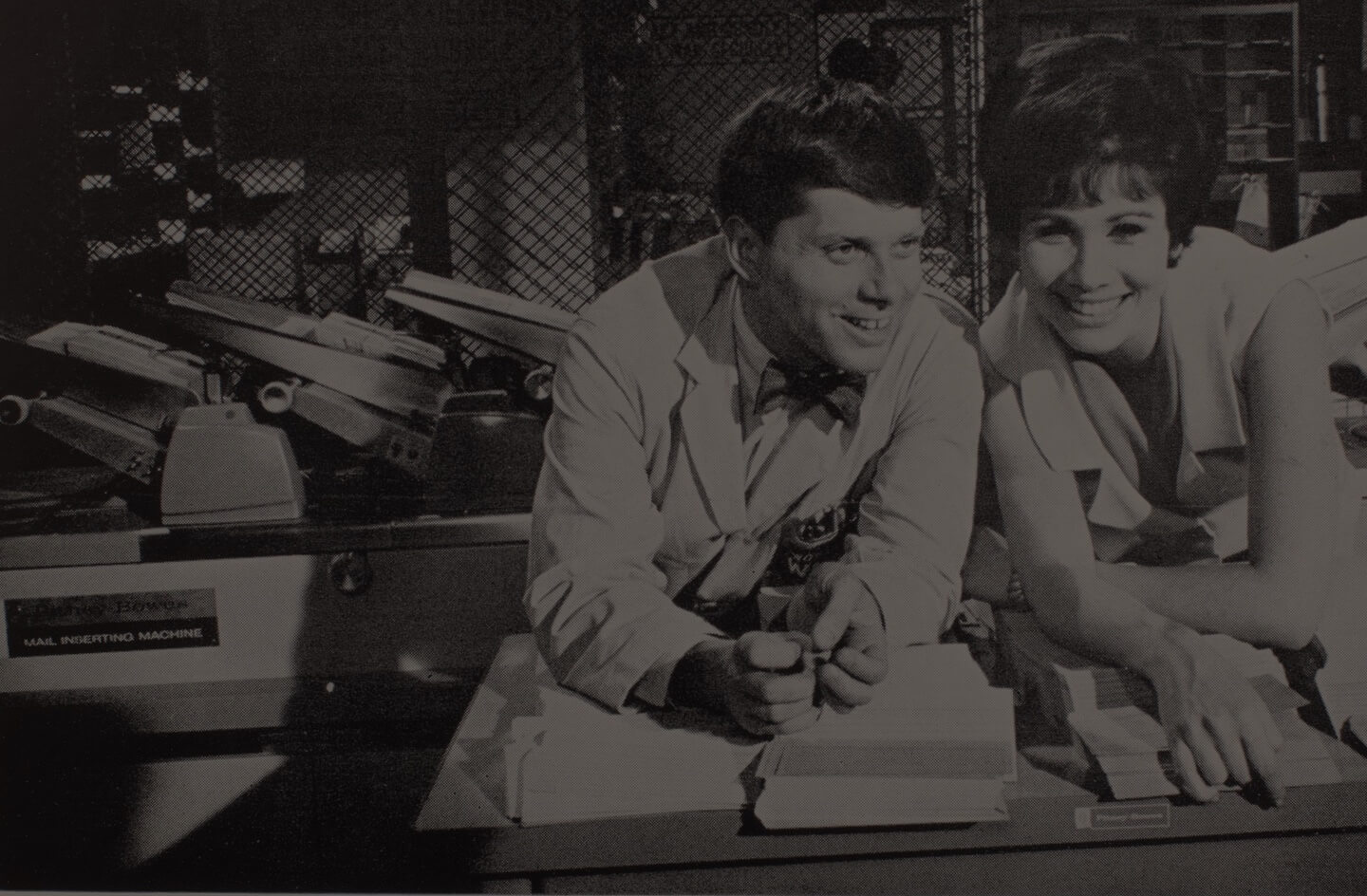
1961
Pitney Bowes signs a partnership agreement with Deutsch Post of Germany, increasing our share of the European markets.
1963
Substantial growth in business metered mail leads to the implementation of the U.S. zip code system.
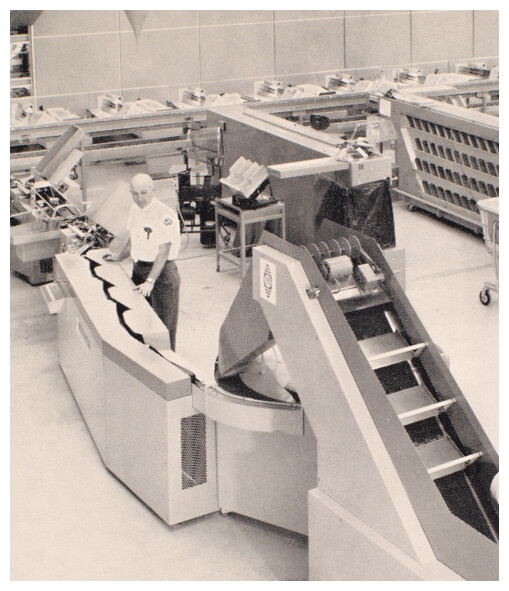
1968
Pitney Bowes acquires the Monarch Marking System Company, which produced the first barcode for retail use. To this day, we continue to refine and improve the barcode. Our Intelligent Mail® barcode provides free address correction, greater USPS discounts on qualified mail, and end-to-end tracking with automated notifications.
1968
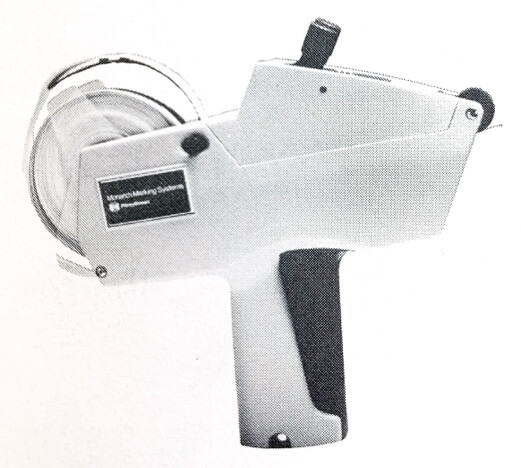
1968
Pitney Bowes Chairman of the Board, Walter Wheeler is awarded the Keys to the City of Stamford, CT. He is honored by 600 residents at the ceremony. He is described in a quote from the president of IBM at that time, Thomas J. Watson Jr., “Walter is a businessman who, more than any other, epitomizes the great good a businessman can do in and out of business if he is imaginative, fearless, and creative in his non-business thinking.”

